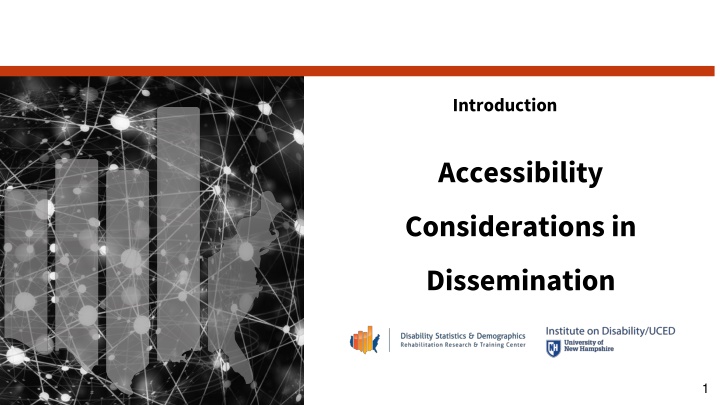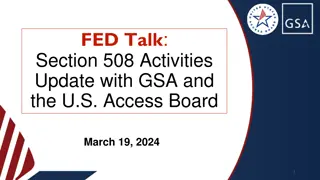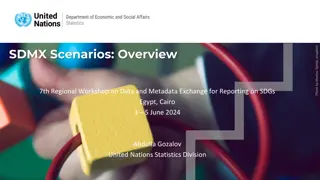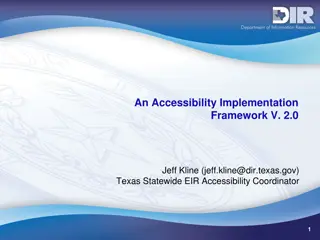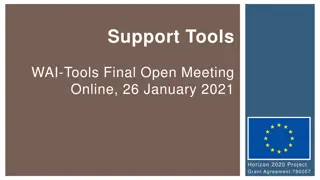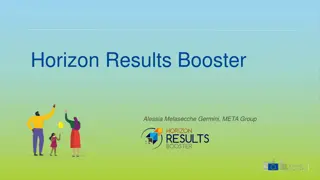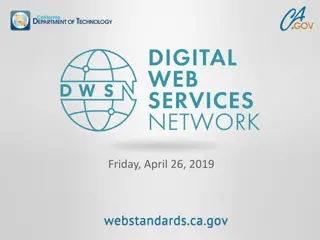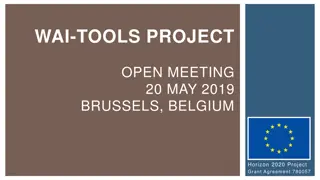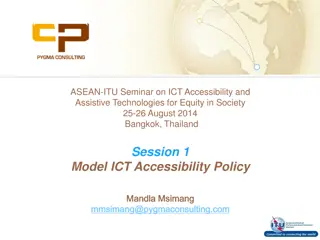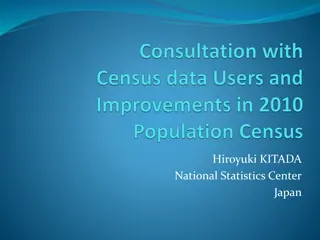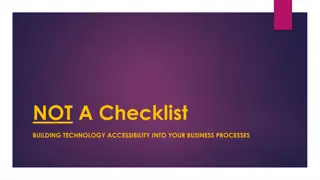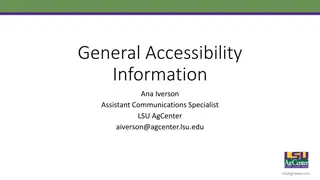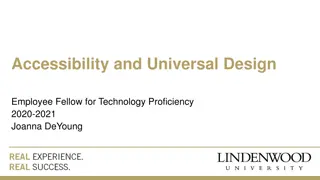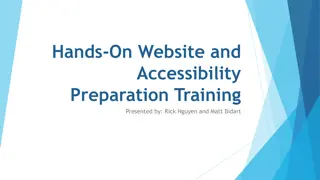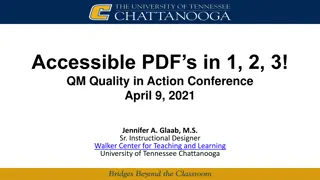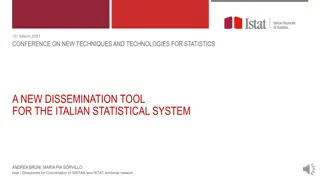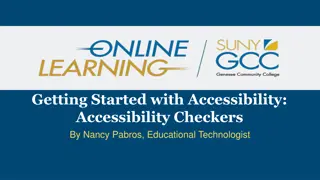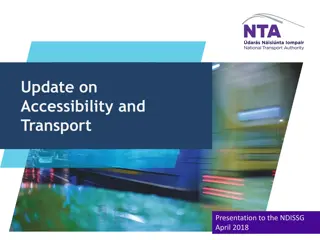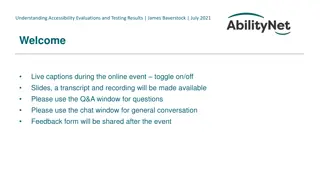Accessibility Considerations in Dissemination: Why It Matters and How to Improve
In today's digital age, ensuring accessibility in dissemination efforts is crucial for reaching a diverse audience effectively. This comprehensive guide explores the significance of accessibility, providing insights on oral and written communication considerations as well as universal design principles. Learn how incorporating accessibility can enhance audience experience and cater to a wider consumer base, ultimately making your content more inclusive and impactful. Discover practical tips for creating accessible presentations and communication materials that resonate with all individuals.
Download Presentation

Please find below an Image/Link to download the presentation.
The content on the website is provided AS IS for your information and personal use only. It may not be sold, licensed, or shared on other websites without obtaining consent from the author.If you encounter any issues during the download, it is possible that the publisher has removed the file from their server.
You are allowed to download the files provided on this website for personal or commercial use, subject to the condition that they are used lawfully. All files are the property of their respective owners.
The content on the website is provided AS IS for your information and personal use only. It may not be sold, licensed, or shared on other websites without obtaining consent from the author.
E N D
Presentation Transcript
Introduction Accessibility Considerations in Dissemination 1
Agenda Why does accessibility matter? Accessibility considerations in oral communication Accessibility considerations in written communication Universal Design principles 2
Why accessibility matters Ensure the best audience experience for everyone Accessibility is afford[ing] the opportunity to acquire the same information, engage in the same interactions in an equally integrated and equally effective manner, with substantially equivalent ease of use. (U.S. Department of Education) Incorporating accessibility into your dissemination efforts ensures that you are considering the population of study as potential consumers 3
Think Out Loud: 1 Percentage of people with an ambulatory disability by age group, 2020 What makes 25.0% 21.9% this image 20.0% accessible? 15.0% In which ways can it 10.0% 4.7% be improved? 5.0% 0.6% 0.0% 5-17 years 18-64 years 65 and older 4
Accessible oral presentations Read or describe all relevant content on your slides Larger font size (24pt+ preferred), Sans serif font on slides (don t crowd text) Use contrasting colors on slides so text is readable Consider your pace Consider your audience 5
Accessible written communication Use alt text (alternative text) for images Do not rely solely on color to convey meaning Use headings settings to create a logical structure or outline. Consider providing alternate formats If your software has an accessibility checker, use it! 6
Think Out Loud: 2 Percentage of people with an ambulatory disability by age group, 2020 What makes 25.0% 21.9% this image 20.0% accessible? 15.0% In which ways can it 10.0% 4.7% be improved? 5.0% 0.6% 0.0% 5-17 years 18-64 years 65 and older 7
Special language considerations Consider your audience and the language you use Person-first or identity-first disability terms Plain language to reduce gate-keeping Plain language is communication that is clear, straightforward, and only uses words that are necessary (AUCD) 8
Universal Design The design of products and environments to be useable by all people, to the greatest extent possible, without the need for adaptation or specialized design. (Mace & Meyer, 2002) Universal design considerations improve access for all 9
Conclusion Consider accessibility in all forms of your work Explore external resources of accessibility; know that you will find conflicting guidelines We strive to make this training accessible and welcome feedback at disability.statistics@unh.edu 10
Resources https://www.cdc.gov/healthliteracy/developmaterials/plainlanguage.html https://www.aucd.org/template/page.cfm?id=1207 https://www.ahead.org/professional- resources/accommodations/statement-on-language 11
